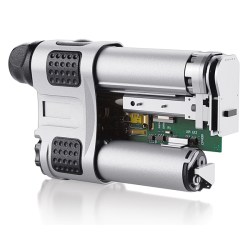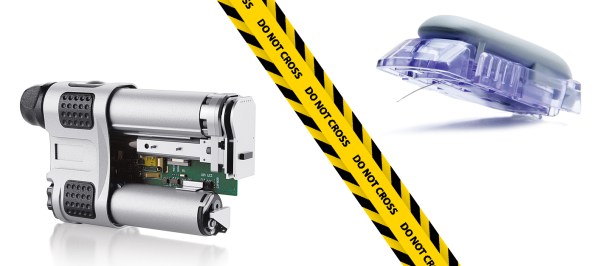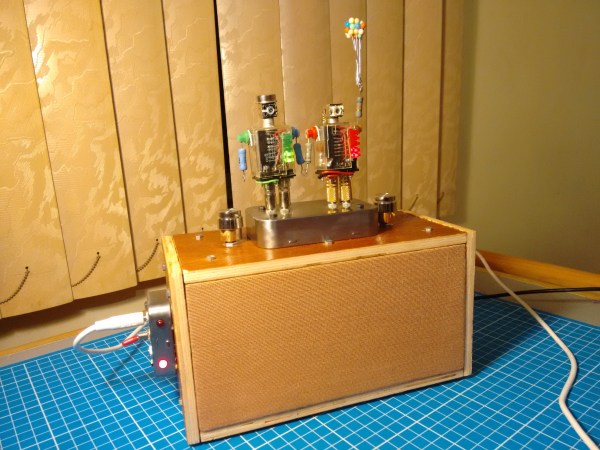Life as a parent is never easy, but when you’ve got a kid with Type 1 diabetes it’s a little harder. Sometimes it feels like a full-time job in itself; there’s never a break. With carb counts and insulin ratios that change throughout the day, every meal is a medical procedure. A romp in the snow or a long bike ride can send her blood glucose plummeting. The overnights are the worst, though, because you never know if you overestimated the number of carbs at dinner and gave her too much insulin. Low blood glucose is easily treated with a few sips of juice, but if it goes unnoticed in the middle of the night, it could be fatal. That’s why parents of diabetics are always a little glassy eyed — we rarely sleep.
Why is all this necessary? It’s because Type 1 diabetes (T1D) is an autoimmune disease that attacks the insulin-producing beta cells in the pancreas. Once those cells are dead, insulin is no longer produced, and without insulin the rest of the cells in the body can’t take in the glucose that they need to live. Diabetics have to inject just the right amount of insulin at just the right time to coincide with the blood glucose spike that occurs after meals. Knowing how much to give and when is why we say we have to “learn to think like a pancreas.”

Things are better than they used to be, for sure. Insulin pumps have been a game changer for T1Ds. An insulin pump is just a tiny syringe pump. A small motor moves the plunger on a disposable syringe filled with a few days worth of insulin. The hormone is delivered through a small catheter placed under the skin every few days — painful, but better than a needle stick with every meal and snack. A computer keeps track of everything and provides safety against overdosing on insulin, so it’s terribly convenient, but we still need to “think like a pancreas” and calculate the amount to deliver.
Even with its shortcomings, my daughter’s pump has been a blessing, and I’ll do whatever it takes to keep her in the latest gear. Pumps generally cost about $5000 or so, and need to be replaced every three years. While I’m not looking forward to paying the bill when her current pump gives up the ghost, I am certainly keen to do a teardown on the old one. I suspect it’s dead simple in there — a tiny gear motor, some kind of limit switches, and a main board. It’ll be painful to see how little my money buys, but it’ll be cool to play around with it.
Continue reading “Closing The Loop On An Artificial Pancreas”













